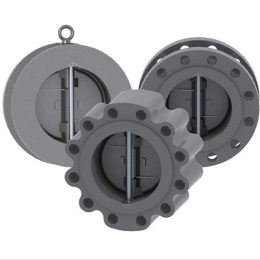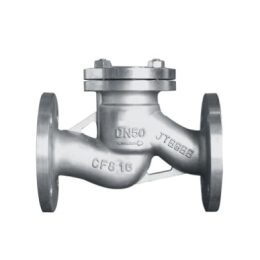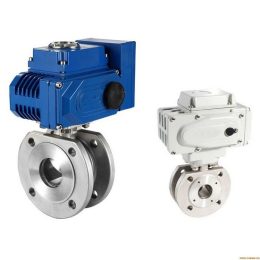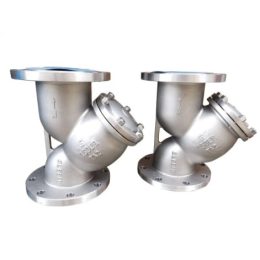General Requirements For Common Materials Of National Standard Valves
- The materials for the valve body, bonnet, and flange should be selected based on their conditions of use and manufacturing requirements. They must meet the requirements specified in GB 12228, GB 12229, GB 12230, and GB 3077. This means that the selection process should consider the specific working environment and any other factors that may affect the performance of the valve. The manufacturing requirements should also be taken into account to ensure that the materials can be easily processed, assembled, and installed.
- Bolts and studs can be made of A5, 25, 35, 30CrMoA, 40MnVB, and other materials as needed. The selection should be based on the working pressure and temperature and must comply with the requirements of GB 700, GB 699, and GB 3077. It’s important to note that the selection of bolts and studs is critical to the overall performance of the valve. The wrong material can lead to failure or even catastrophic damage. Therefore, the selection process should be thorough and based on reliable data.
- The nut material can be A3, 20, 30, 35, 45, 3030CrMoA, 40MnVB, and other materials as needed. The selection should be based on the working pressure and temperature and must comply with the requirements of GB 700, GB 699, and GB 3077. Like bolts and studs, nuts play a critical role in the performance of the valve. The selection process should take into account the specific working environment to ensure that the nuts can withstand the required pressure and temperature.
- Valves with a nominal pressure of PN > 10.0 MPa should not be made using precision castings. This is because precision castings may not be able to withstand the high pressure and may fail, leading to serious consequences. Therefore, other methods such as forging should be used instead.
- Graphitization may occur in the following situations:a. Carbon steel exceeds 425℃;
b. Carbon molybdenum steel exceeds 470℃;
c. Chromium-molybdenum steel (containing less than 0.6% chromium) exceeds 525℃.
Graphitization can lead to a decrease in mechanical properties and may even cause cracking. Therefore, it’s important to be aware of the temperature limits of different materials and take appropriate measures to avoid graphitization.
- Possible peroxygen reaction (oxidizing scale) must be considered in the following situations:a. 1Cr-0.5Mo steel, 1.25Cr-0.5Mo steel, 2Cr-1Mo steel, and 3Cr-1Mo steel above 565℃;
b. 5Cr-0.5Mo steel with a temperature above 595℃.
Peroxygen reaction can cause serious damage to the valve and even lead to an explosion. Therefore, it’s important to take measures to prevent the reaction from occurring, such as using a protective coating or selecting a different material that is more resistant to oxidation.



